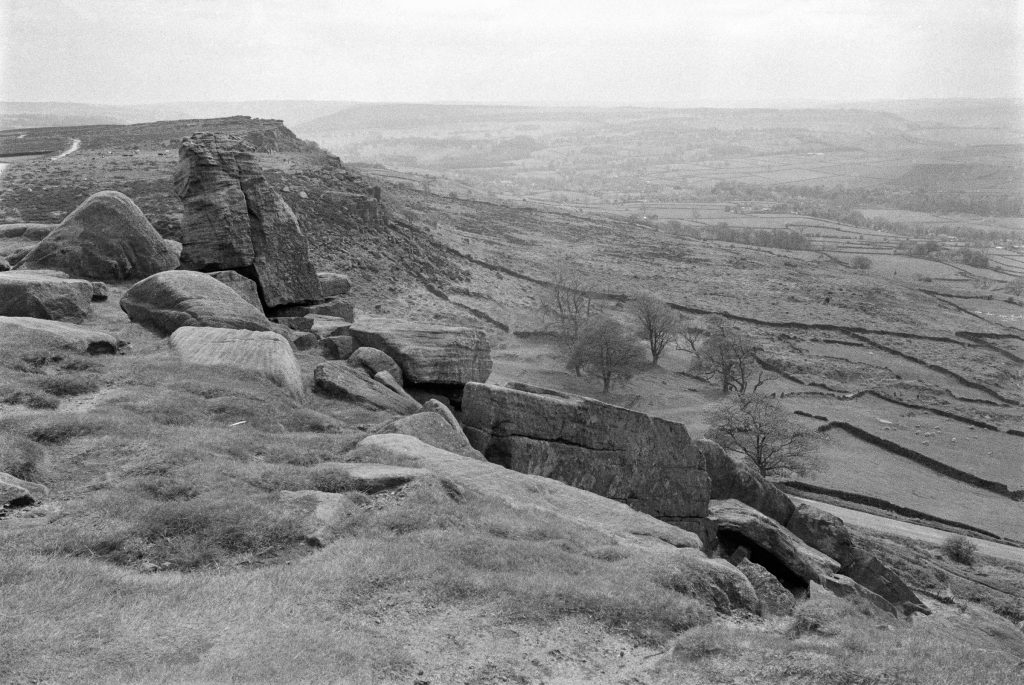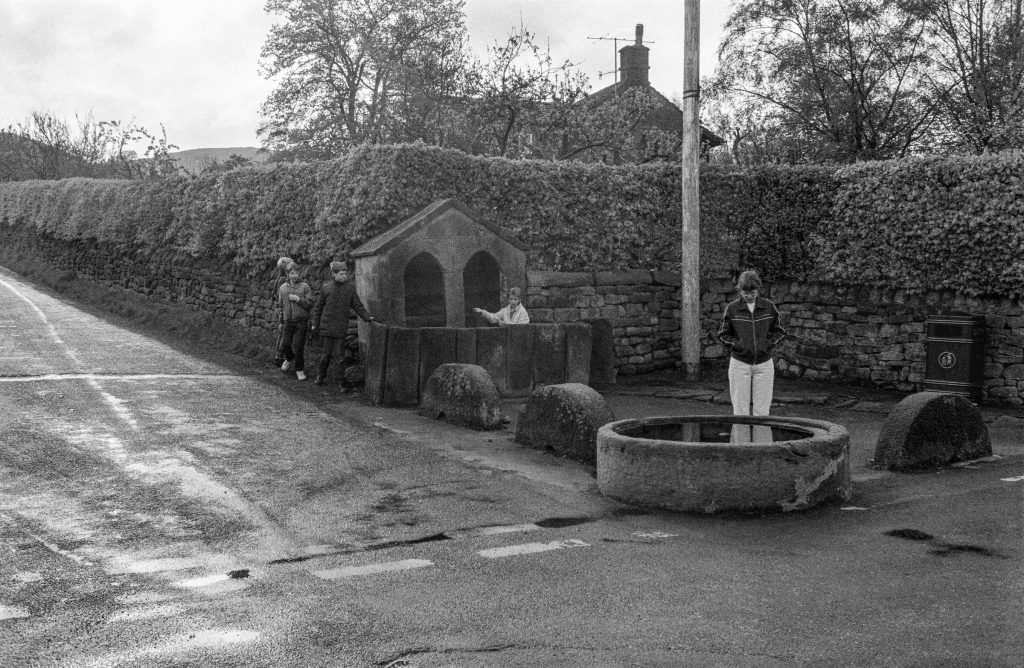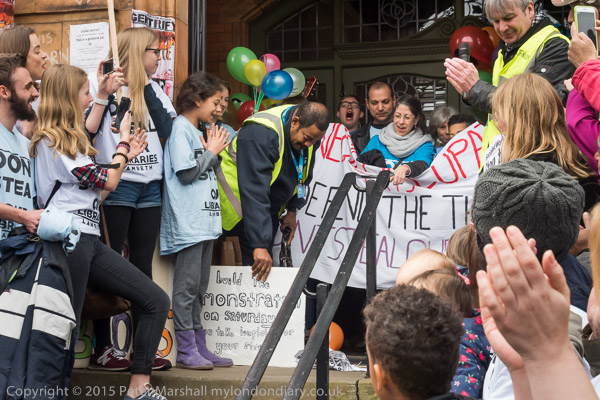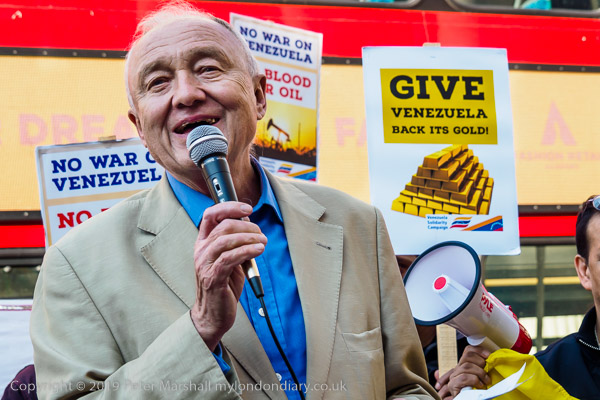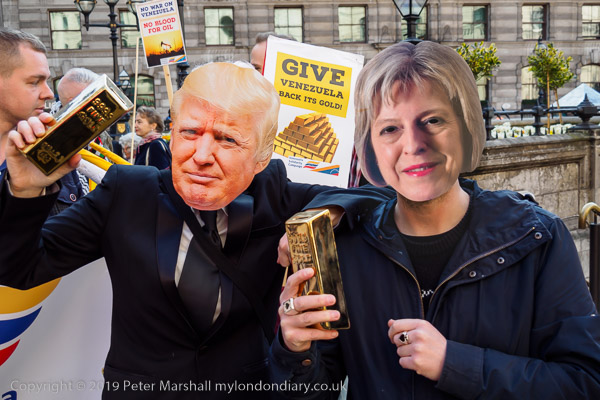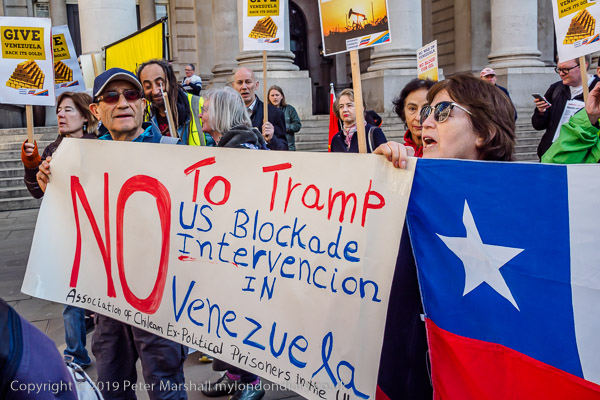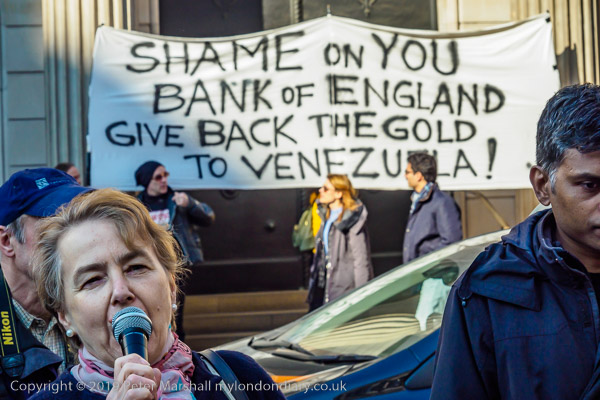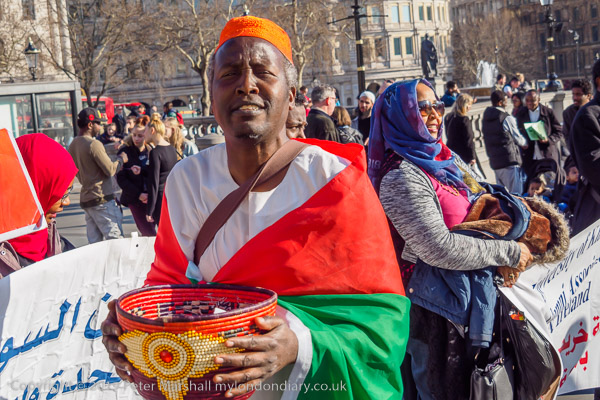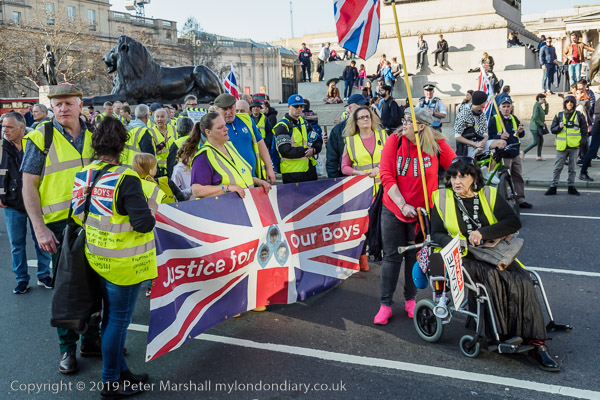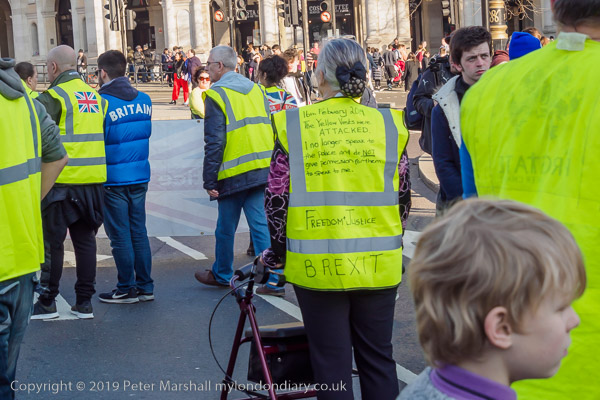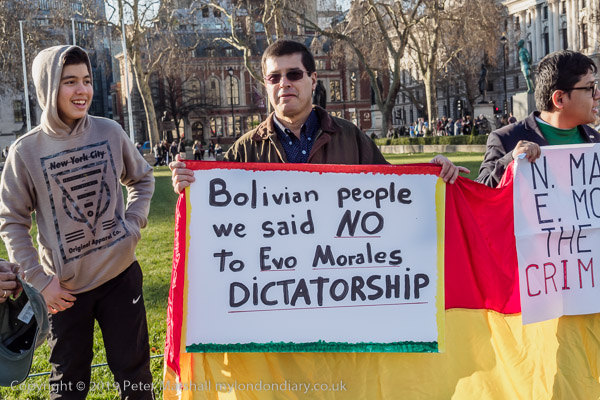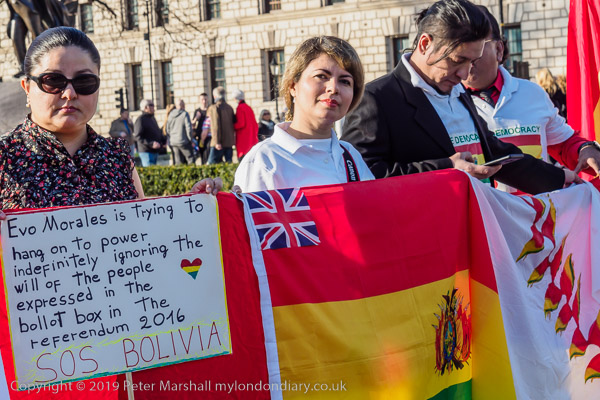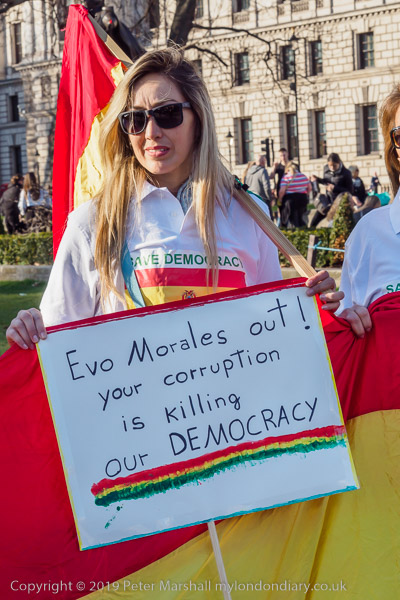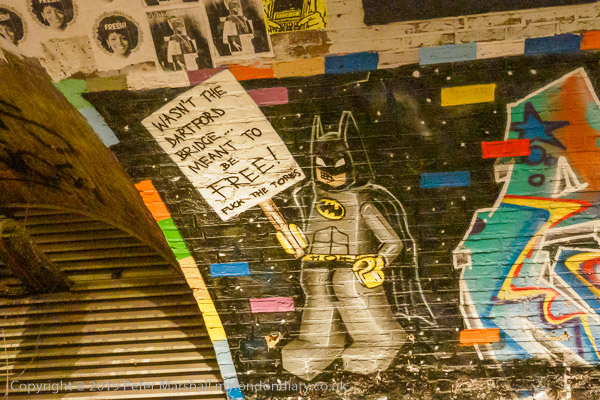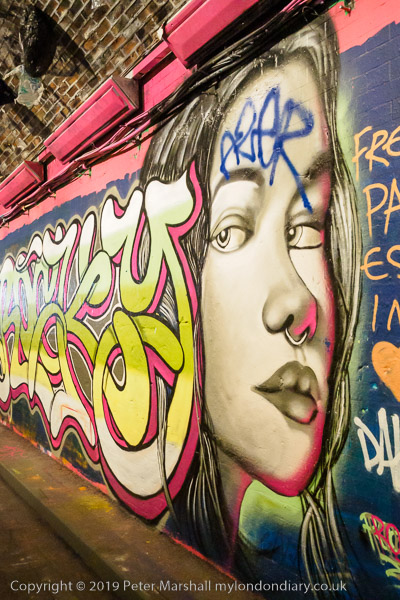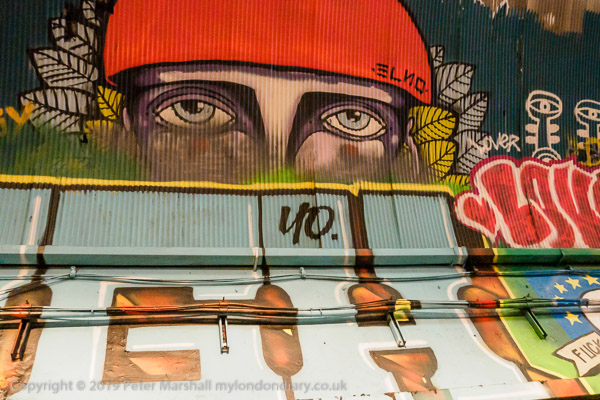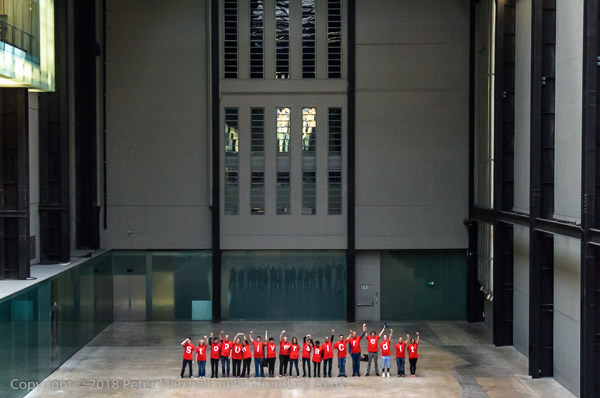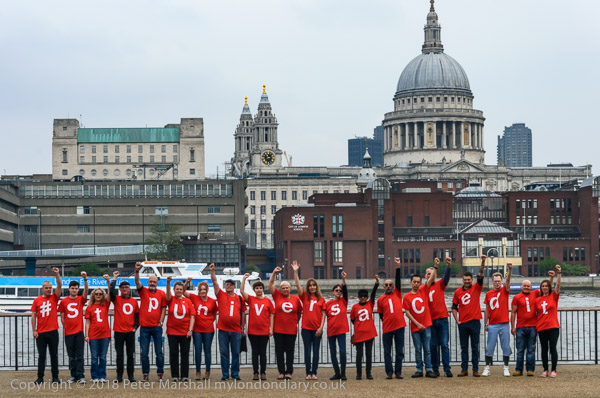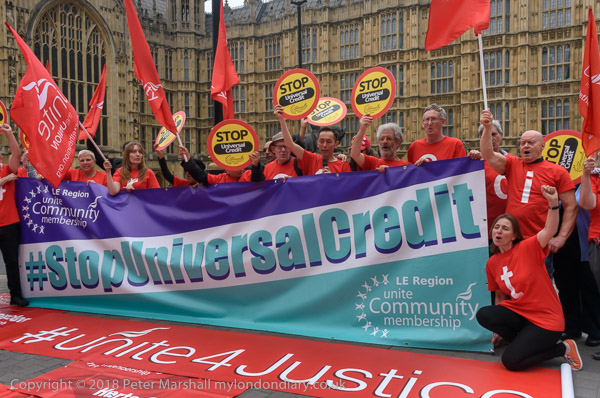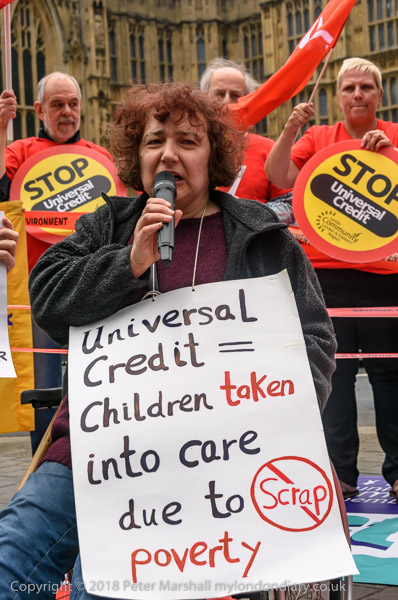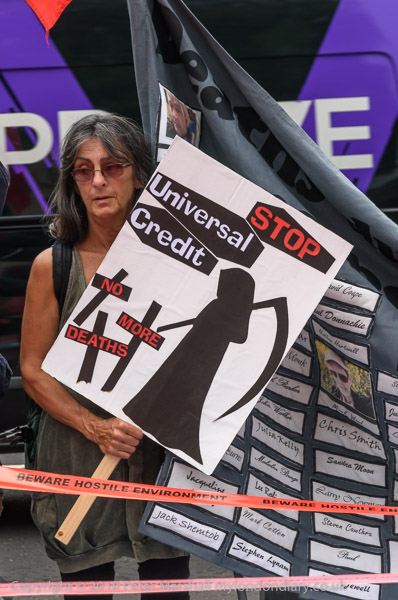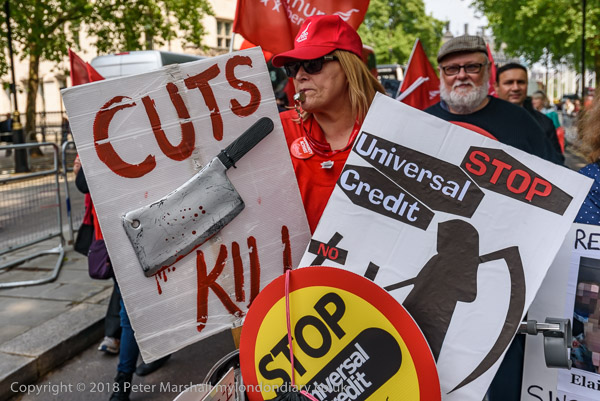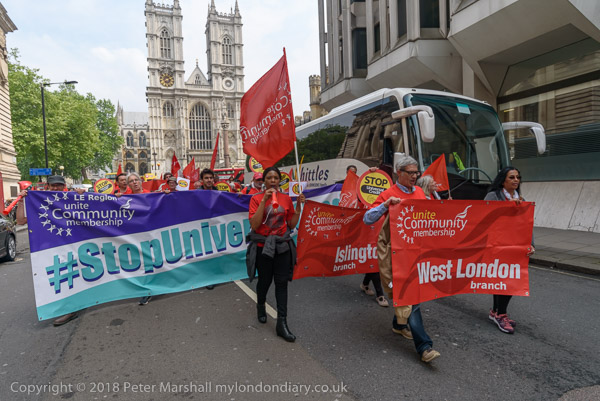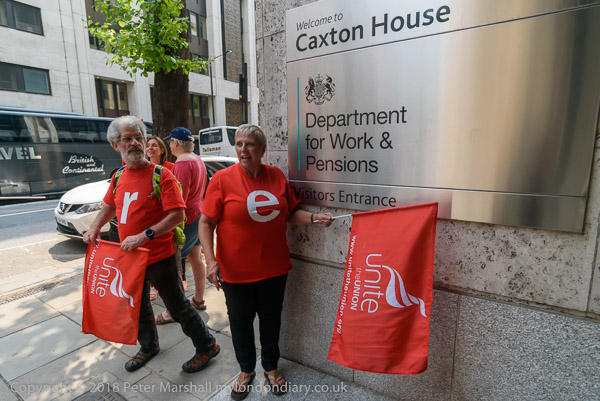The Alexandra, Sanitary Ware & Ace continues the account of my walk on Sunday 28th May 1989. The previous post was http://re-photo.co.uk/?p=15138 Shops, Flats, Trade Unions, Monks… and the walk began with http://re-photo.co.uk/?p=15080 Lavender Hill & Wandsworth Rd – 1989
The Alex is one of the best known pubs in the area and upstairs is the Clapham Darts Club, open to non-members where you can book an oche, though at £20 an hour you might think it a bit steep. I’ve never played darts in a pub where you had to pay, but then its probably 50 years since I’ve played pub darts. Then you paid by buying beer.
Its a pub too that is best avoided on match nights and at weekends unless you want to watch sport. The pub dates from 1866, though has sadly lost a much of its Victorian interior features.
I can’t remember what route I took from Clapham Park Road to Bedford Rd, probably cutting through some of the estates but not stopping to take photographs. But this house is visible from Bedford Road and drew me down to make this pictures. It was certainly the slender spire which attracted my attention. Built in 1871 it also has an observatory and apparently a matching coach house behind. Long converted into flats, this locally listed house I feel must have more of a story to tell than I’ve been able to unearth.
Haselrigge Road gets its name from one of the oldest well-connected families in England, which dates back before the Norman invasion and are said to have been the lords of the manor on the now lost West Yorkshire village of Hesselgreave. Bartholomew Clerke lord of the manor of Clapham who died in 1589 and his wife, Eleanor Haselrigge, and their son are commemorated in figures on a monument in St Paul’s Church Clapham.
53-63 Bedford Road were Grade II listed in 1981, the listing reads in part “Circa 1870, in stock brick with creamy terra-cotta dressings, built by J G Jennings as part of a larger scheme of houses of varying size and quality, to the designs of T Collcutt.” Josiah George Jennings was a noted sanitary engineer.”
Thomas Edward Collcutt (1840-1924) was an important English architect, better known for designing the Wigmore Hall, Savoy Hotel, Palace Theatre and more. This house at 63 is on the corner with Ferndale Road which now has its very own Conservation Area which provided me with much of the information below.
Rathcoole house, Grade II listed in 1981, was the main and final house of a scheme designed by T E Colcutt and built by Josiah George Jennings. Remarkably this house was derelict and had been scheduled for demolition in 1966 but was rented from the GLC as a hostel for vagrant alcoholics and decorated and fully furnished mainly by the efforts of voluntary organisations. A decorated sign on the side has the initials JG, the street name and date 1882.
The house is on the corner with Ferndale Road which has its on Conservation Area. Lambeth Council’s document on this gives more detail of George Jenning (1810-1882) who set up a company in Paris Street Lambeth making sanitary ware, “patenting revolutionary improvements to
toilets.”
His ‘Monkey Closets’ installed at the Crystal Palace in Hyde Park in 1851 were the world’s first public toilets – and for a penny clients “received a clean seat, a towel, a comb and shoe shine“. Ever since we have been going to spend a penny even if that now costs 50p and comes without most of the original accompaniments.
Jennings set up the South Western Pottery in Parkstone, near Poole in Dorset to produce sanitary products from the local clays, later expanding to “bricks, chimney post and architectural terracotta” all in a pale creamy colour. He developed other areas of south London including around Nightingale Lane in Clapham.
Jennings began building Ferndale Road in 1870 and only completed the scheme the year he died in a traffic accident. The completion is commemorated on the side of Rathcoole House which had been one of the earlier houses to be built.
Not all houses in the area were built to the same standards as those by Jennings. I think this small building was probably at the front of some works behind whose corrugated iron roof is visible at left. I’m no longer sure exactly where on Bedford Road it was, but somewhere on the west side quite close to the railway bridge.
Another rather basic building a little to the north of the railway bridge at 16 Bedford Road and surprisingly still there, now a minicab office. Ace had a rather wider scope, offering driving lessons and also selling and exchanging books – some of which you can see on the shelves through the window.
I took a second picture without the woman walking past who is reflected in the window, but I think this is better.
I turned around and walked back down Bedford Road to Acre Lane where my account of this walk will continue in a later post.


















